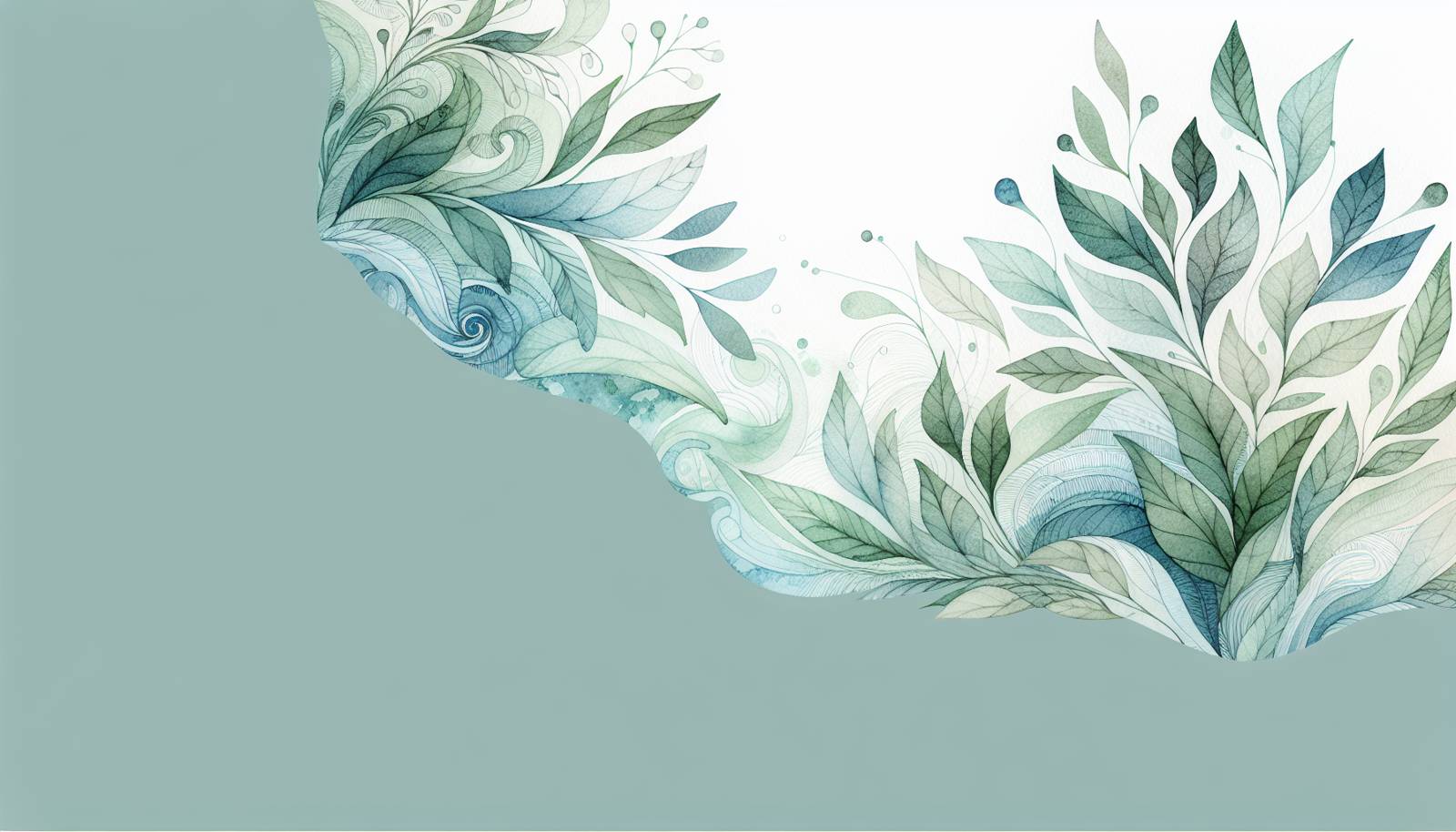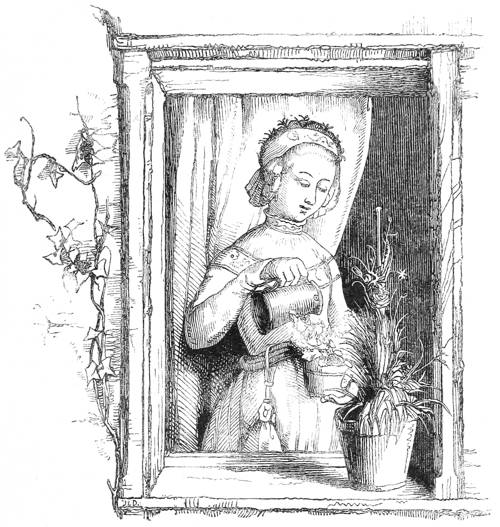
FAQ About Indoor Plant Watering Techniques for Challenging Climates

How often should I water indoor plants in a dry climate?
In dry climates, indoor plants may require more frequent watering due to low humidity levels that can cause the soil to dry out faster. It's generally recommended to water when the top inch of soil feels dry to the touch. This might mean watering once or twice a week, but it can vary depending on the specific needs of your plant and the overall environment.

What techniques can help improve indoor plant hydration in hot climates?
In hot climates, it's essential to increase humidity around your plants. Techniques such as misting the leaves, using a pebble tray with water, or employing a humidifier can significantly help. Additionally, consider watering your plants during the early morning or evening to minimize water loss through evaporation.

How can I prevent overwatering my indoor plants during the rainy season?
To prevent overwatering, ensure that your plants are in pots with drainage holes and use well-draining soil. Check the moisture level of the soil with your finger or a moisture meter before watering. If the soil is still damp, delay watering until it dries out a bit. It's crucial to adjust watering habits according to the environmental humidity.

What is the best way to water succulents indoors during winter?
Succulents require less frequent watering in the winter as they enter a dormancy period. Allow the soil to dry out completely between waterings. This could mean watering as little as once every three to four weeks, depending on the indoor climate. Always ensure the pot has good drainage to prevent root rot.

How can I boost humidity for my indoor plants during dry winters?
To increase humidity during dry winters, you can group plants together, use a humidifier in the room, place a tray of water near heat sources, or set up pebble trays filled with water underneath your plants. These methods help maintain a more consistent and higher level of moisture in the air.

Is it beneficial to use self-watering pots in challenging climates?
Self-watering pots can be beneficial in challenging climates as they provide a consistent supply of moisture to the plant roots. This method helps prevent both overwatering and underwatering by allowing the plant to absorb water as needed from the reservoir at the bottom of the pot.

Can misting be harmful to indoor plants in certain climates?
Misting can be harmful in climates with high humidity as it might promote fungal diseases and pest infestations on plants. Always ensure that air circulation is adequate to prevent moisture from lingering on the foliage for too long.

What signs indicate my indoor plants need more water during extreme heat?
Signs that your plants may need more water include wilting, dry or crispy leaves, and soil pulling away from the edges of the pot. Always check the soil moisture level before watering to ensure that these signs aren't caused by other issues.

How do I know if I'm underwatering my indoor plants?
Common signs of underwatering include wilting, dry soil, yellowing leaves, and slow growth. Checking the soil's moisture level regularly and paying attention to your plant's overall health can help you adjust watering practices as needed.

What measures can I take to care for indoor plants during a heatwave?
During a heatwave, you can care for indoor plants by increasing humidity, providing adequate shade, and ensuring good air circulation. Water deeply but less frequently, allowing the soil to dry slightly between waterings to prevent root rot.

How can I effectively water plants in an indoor environment with low light?
In low-light environments, plants generally require less water since their growth rate and evaporation rates are reduced. Allow the soil to dry out slightly more than usual between waterings, and always check the soil moisture before adding more water.

Why is it important to adjust watering techniques for different indoor climates?
Adjusting watering techniques for different indoor climates is crucial because factors like temperature, humidity, and light levels impact how quickly the soil dries and how much water a plant needs. Tailoring your watering routine helps prevent plant stress, disease, or death.

What role does pot material play in indoor plant watering methods?
Pot material can influence moisture retention in soil. For example, terracotta pots are porous and allow the soil to dry out faster, which might be beneficial in humid climates, while plastic or glazed pots retain moisture longer, suitable for dry environments.

How can I reduce water evaporation in plants during windy conditions indoors?
To reduce water evaporation during windy indoor conditions, avoid placing plants directly in front of air vents or open windows. Use heavier pots to help stabilize soil moisture and consider adding mulch to the pot's surface to retain moisture.

Can using ice cubes be an efficient watering method for indoor plants in warm climates?
Using ice cubes as a watering method can be beneficial for some indoor plants in warm climates as it ensures a slow release of water to the soil. However, be cautious with plants sensitive to temperature changes, as the coldness of the ice might stress the roots.

What are common mistakes when watering indoor plants in cold climates?
Common mistakes include overwatering due to misjudging the plant's reduced water needs and watering with cold water, which can shock plants. It's essential to let the soil dry out more between waterings and use room-temperature water.

Do indoor plants need more water if my home has central heating?
Yes, central heating can cause the air and soil to dry out faster, leading to increased water needs for indoor plants. Regularly monitor soil moisture and consider ways to add humidity to the environment to counteract the drying effects of heating systems.

What signs indicate indoor plants are getting too much water in damp climates?
Signs of overwatering include yellowing leaves, root rot, and a constant damp, musty smell from the soil. Ensuring proper drainage and only watering when the soil is dry can help prevent these issues in damp climates.

How can layering soil help in challenging indoor environments?
Layering soil with materials like sand, pebbles, or perlite at the base of the pot can improve drainage, helping prevent overwatering issues in challenging indoor environments. This technique enhances aeration and reduces the risk of root rot.

What should I consider when choosing watering methods for different indoor plant species?
Different indoor plant species have varying water requirements, so it's important to research the specific needs of each plant. Factors to consider include soil type, drainage needs, light exposure, and seasonal changes in the environment. Tailor your watering schedule to suit each plant's unique preferences.
